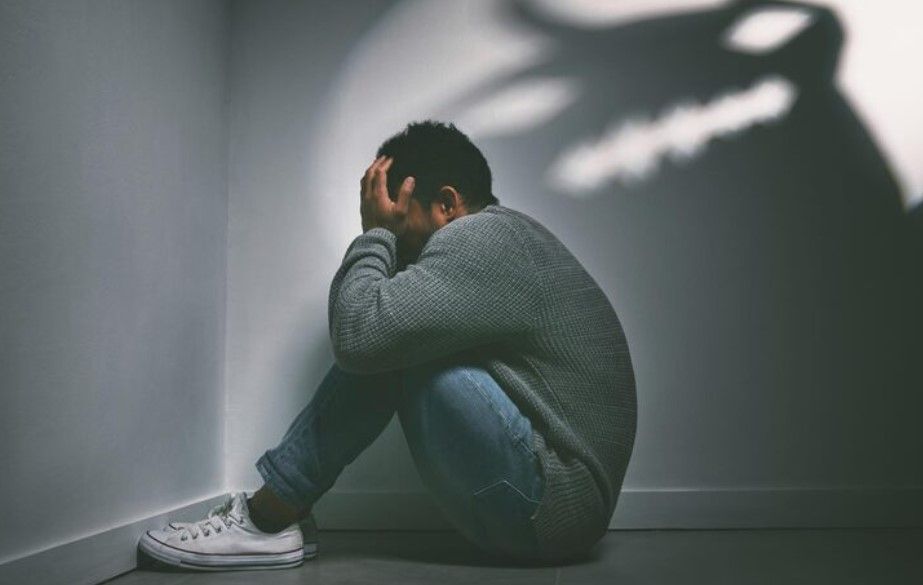Integrating Identity, Power, and Practice: A Framework for Culturally Responsive Counseling
Introduction: Beyond Technique, Toward Transformation
In an increasingly diverse and interconnected world, counseling cannot remain culturally neutral. Every therapeutic encounter is shaped by identity, power, and context—whether acknowledged or not. Culturally responsive counseling moves beyond surface-level inclusion to embrace a deeper framework: one that integrates personal identity, systemic power dynamics, and intentional practice. It’s not just about who we serve, but how we show up, what we challenge, and what we co-create.

Identity: The Starting Point of Connection
Identity is multifaceted—shaped by race, gender, sexuality, ability, religion, class, and lived experience. For counselors, understanding both the client’s and their own identities is foundational to trust and authenticity.
Key principles:
- Self-awareness: Counselors must examine their own cultural lenses, biases, and blind spots.
- Intersectionality: Clients’ identities are not singular; they intersect in ways that shape their mental health and access to care.
- Narrative respect: Each client’s story is valid, complex, and culturally situated. Listening without imposing dominant frameworks is essential.
When identity is honored, counseling becomes a space of affirmation—not assimilation.
Power: Naming the Invisible Forces
Power operates within and beyond the counseling room. It influences who seeks help, who feels safe, and whose pain is legitimized. Culturally responsive counselors must recognize:
- Systemic inequities: Racism, ableism, colonialism, and other forms of oppression impact mental health outcomes.
- Institutional barriers: Language access, financial constraints, and stigma often prevent marginalized groups from receiving care.
- Therapeutic power dynamics: The counselor-client relationship itself can replicate or resist societal hierarchies.
By naming power, counselors shift from passive neutrality to active advocacy—creating space for healing that is both personal and political.
Practice: Embodying Responsiveness in Action
Culturally responsive practice is not a checklist—it’s a dynamic, evolving commitment. It requires:
- Adaptable modalities: Integrating culturally grounded approaches (e.g., storytelling, spirituality, community-based healing) alongside evidence-based methods.
- Language sensitivity: Using inclusive, affirming language and offering multilingual support when possible.
- Collaborative goal-setting: Empowering clients to define success on their own terms, not through imposed clinical benchmarks.
- Ongoing education: Counselors must engage in continuous learning, not occasional training, to stay attuned to cultural shifts and community needs.
Responsiveness means meeting clients where they are—not where the system expects them to be.
Toward a Transformative Framework
Integrating identity, power, and practice requires more than individual effort—it calls for systemic change. Institutions must:
- Embed cultural responsiveness into counselor education and supervision
- Diversify leadership and decision-making structures
- Fund community-informed mental health initiatives
- Evaluate outcomes through equity-centered metrics
This framework is not static—it evolves with the communities it serves. It invites humility, accountability, and imagination.
Conclusion: Counseling as Cultural Stewardship
Culturally responsive counseling is not just a method—it’s a mindset. It asks counselors to be stewards of culture, advocates for justice, and co-creators of healing. By integrating identity, power, and practice, we move from transactional care to transformational connection.
In this framework, counseling becomes more than a profession. It becomes a practice of liberation.
CATEGORIES












